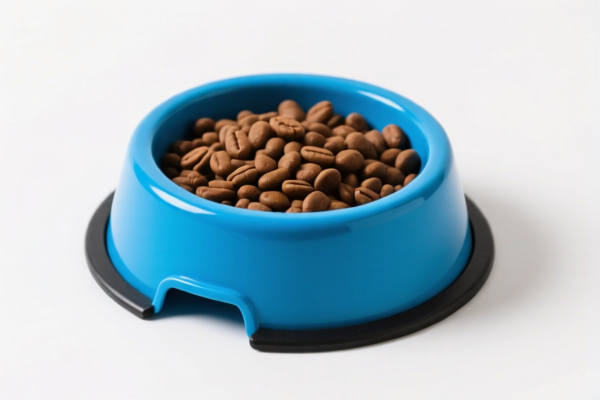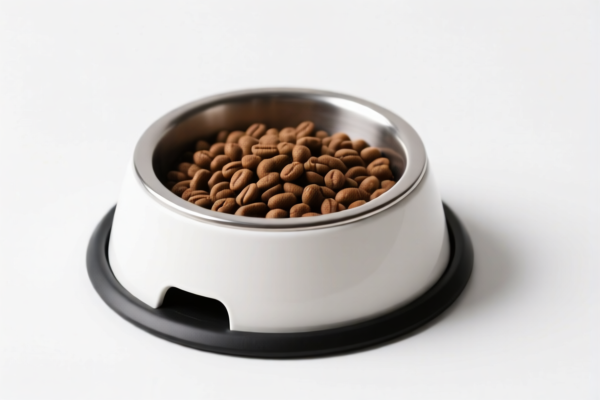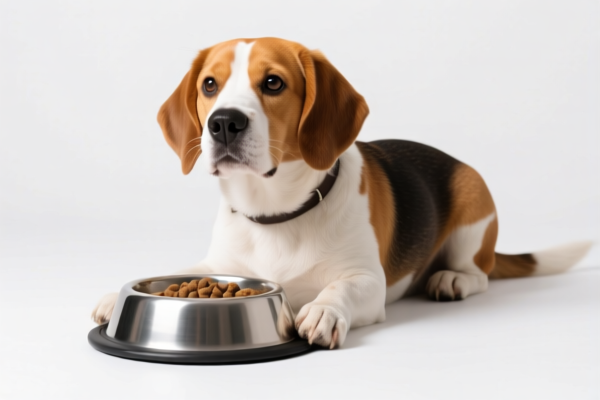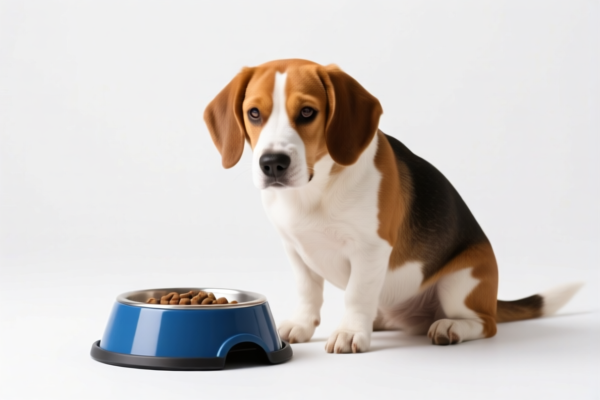| HS Code | Official Doc | Tariff Rate | Origin | Destination | Effective Date |
|---|---|---|---|---|---|
| 3923900080 | Doc | 58.0% | CN | US | 2025-05-12 |
| 3923500000 | Doc | 60.3% | CN | US | 2025-05-12 |
| 3924104000 | Doc | 33.4% | CN | US | 2025-05-12 |
| 3924905650 | Doc | 40.9% | CN | US | 2025-05-12 |
| 9620005000 | Doc | 60.3% | CN | US | 2025-05-12 |
| 9617006000 | Doc | 37.2% | CN | US | 2025-05-12 |
| 9617001000 | Doc | 37.2% | CN | US | 2025-05-12 |




Plastic Pet Feeder
A plastic pet feeder is a container designed to automatically or semi-automatically dispense food for animals, typically domestic pets such as cats and dogs. They are constructed primarily from various types of plastic, offering a cost-effective and lightweight feeding solution.
Material:
- Polypropylene (PP): A common choice due to its durability, chemical resistance, and affordability. Often used for the main body of the feeder.
- High-Density Polyethylene (HDPE): Used for sturdier components or for feeders designed for larger pets. Offers increased impact resistance.
- Polycarbonate (PC): Less common due to cost, but utilized for transparent sections allowing visibility of food levels.
- ABS Plastic: May be used for certain components requiring higher impact resistance and rigidity.
- BPA-Free Plastics: Increasingly prevalent due to health concerns, ensuring the plastic does not leach harmful chemicals into the pet's food.
Purpose:
- Convenience: Allows pet owners to provide food even when away from home for short periods.
- Portion Control: Many feeders are designed to regulate the amount of food dispensed, aiding in weight management.
- Scheduled Feeding: Automatic feeders can be programmed to release food at specific times.
- Reduced Food Waste: Some designs minimize spillage and exposure to air, keeping food fresher for longer.
Function:
Plastic pet feeders operate through several mechanisms:
- Gravity Feeders: Utilize gravity to dispense food as the pet consumes it. Simple design, suitable for dry kibble.
- Automatic Timed Feeders: Employ a timer and motor to rotate or dispense food at pre-set intervals. Often battery or AC-powered.
- Portion Control Feeders: Feature adjustable compartments or mechanisms to release specific amounts of food.
- Slow Feed Feeders: Designed with internal obstacles or configurations to slow down eating speed, promoting better digestion and preventing bloating.
Usage Scenarios:
- Daily Feeding: Used as a standard food bowl replacement for consistent feeding schedules.
- Short Absences: Provides food for pets during work hours or brief trips.
- Travel: Portable feeders are available for use during vacations or visits.
- Pets with Specific Needs: Slow feeders are beneficial for pets that eat too quickly.
- Multi-Pet Households: Feeders can help manage food distribution among multiple animals.
Common Types:
- Standard Bowl Feeders: Simple, open containers.
- Elevated Feeders: Raise the food bowl to a more comfortable height for larger breeds or pets with mobility issues.
- Automatic Feeders: Programmable timers for scheduled feeding.
- Slow Feed Bowls: Designed with obstacles to slow down eating.
- Gravity Feeders: Continuously replenish food as it is consumed.
- Water Feeders: Similar designs used for dispensing water.
- Combination Feeders: Integrate both food and water dispensing capabilities.
- Smart Feeders: Connected devices allowing remote control and monitoring via smartphone apps.
Plastic pet feeders fall under articles made of plastics, designed for conveyance or packing of goods, or for use in household applications. Here's a breakdown of relevant HS codes based on the provided information:
-
3923900080: This HS code covers articles for the conveyance or packing of goods, of plastics; stoppers, lids, caps and other closures, of plastics: Other. While broadly defined, a pet feeder could be classified here if its primary function is considered a container for holding and dispensing pet food.
- 39: Plastics and articles thereof.
- 23: Plastics and articles thereof.
- 90: Other. This indicates a category for plastic articles not specifically covered elsewhere.
- 00: Further specifies the 'other' category.
- 80: A more detailed classification within the 'other' category.
- Tax Rate: Base tariff is 3.0%, with an additional tariff of 25.0% currently, increasing to 30.0% after April 2, 2025, resulting in a total tariff of 58.0%.
-
3923500000: This HS code covers articles for the conveyance or packing of goods, of plastics; stoppers, lids, caps and other closures, of plastics: Stoppers, lids, caps and other closures. If the pet feeder is designed as a container with a lid or closure mechanism, this code may be applicable.
- 39: Plastics and articles thereof.
- 23: Plastics and articles thereof.
- 50: Stoppers, lids, caps and other closures.
- 00: Further specifies the category.
- Tax Rate: Base tariff is 5.3%, with an additional tariff of 25.0% currently, increasing to 30.0% after April 2, 2025, resulting in a total tariff of 60.3%.
-
3924104000: This HS code covers tableware, kitchenware, other household articles and hygienic or toilet articles, of plastics: Tableware and kitchenware: Other. A pet feeder could be classified here if it is considered kitchenware for pets.
- 39: Plastics and articles thereof.
- 24: Plastics and articles thereof.
- 10: Tableware and kitchenware.
- 40: Other.
- 00: Further specifies the category.
- Tax Rate: Base tariff is 3.4%, with an additional tariff of 0.0% currently, increasing to 30.0% after April 2, 2025, resulting in a total tariff of 33.4%.
-
3924905650: This HS code covers tableware, kitchenware, other household articles and hygienic or toilet articles, of plastics: Other: Other. If the pet feeder doesn't fit neatly into the 'tableware and kitchenware' category, it may fall under this more general 'other' category.
- 39: Plastics and articles thereof.
- 24: Plastics and articles thereof.
- 90: Other.
- 56: Other.
- 50: Further specifies the category.
- Tax Rate: Base tariff is 3.4%, with an additional tariff of 7.5% currently, increasing to 30.0% after April 2, 2025, resulting in a total tariff of 40.9%.
It is important to note that the final classification will depend on the specific design and intended use of the pet feeder.
Customer Reviews
No reviews yet.